3 Things You Need to Know About Fertilizer to Get the Yard of Your Dreams
Team PlantTAGG2023-09-19T06:13:56-06:00There are 17 elements vital for plant survival and growth. One is the most important steps is fertilization. Determining the right fertilizer is essential for a successful season in your garden and yard. In this post, we review the three most important factors to consider when determining which fertilizer is right for your home garden.
1 – Fertilizer NPK Ratio
Fertilizers are labeled with an NPK ratio, which tells you the proportion of nitrogen, phosphorus and potassium. These three elements are the most commonly deficient in soils. Nitrogen helps plants form new leaves and stems. Phosphorus supports a robust root system and flower production. And potassium helps your plants adapt to abrupt environmental changes, such as a heat spike or a cold snap. Potassium also assists in overall plant health – color, size, fruit, flower production. If you hear the term “incomplete fertilizer,” it means the formula is missing one of the three essential nutrients, and you will see a “0” in its place on the label (ex: 15-0-0).
Key Take-Away: Check your specific plant to determine the optimal NPK ratio. For blooming plants, consider a fertilizer lower in nitrogen and potassium but higher in phosphorus, which will encourage flower production. In contrast, your lawn grass typically needs a fertilizer with a much higher percentage of nitrogen than the other components.
2 – Synthetic vs. Organic
Ever wonder whether a synthetic or organic fertilizer is better? The answer may be…It depends! Synthetic fertilizers are chemically derived and usually do not contain any other micronutrients. These fertilizers can provide plants with nutrients more quickly, which can be beneficial for a distressed plant. While synthetic formulas are cheaper (usually) than organic, they are not as environmentally friendly.
Organic formulas are made from the remains of living organisms and provide nutrients more slowly as they are broken down by bacteria found in soil. Organic fertilizers are rich with microorganisms, which are vital for the well-being of your plants by improving soil structure. It is much easier to damage plants with a synthetic fertilizer through over-application than with organic formulas.
Key Take-Away: If you are dealing with distressed plants and need a quick fix, synthetic fertilizers may be the way to go. If you have the time and are working to improve the soil structure for a longer-term solution to building up your landscape, then organic fertilizers may be right for you.
3 – Granular vs. Liquid
Fertilizers come in two primary forms: liquid and granular. Liquid fertilizers are easy to apply and act quickly to provide nutrients to plants. However, you must be careful in diluting the concentrate adequately to avoid damaging your plants.
Further, liquid formulas require more frequent applications. They are ideal for container gardens or as a supplement to a granular fertilizer when plants need a quick boost during the growing season. Granular fertilizers are worked into the soil, and their nutrients are absorbed more slowly. A slow-release, granular formula can be used to feed plants for several months. Improper application of a granular fertilizer can adversely impact your garden, so always follow package instructions.
Key Take-Away: If you are looking for ways to create pops of color with container gardens, then try a liquid fertilizer for a quick boost. If you’re looking to feed a new bed before the growing season, then granular fertilizers may be the best solution.
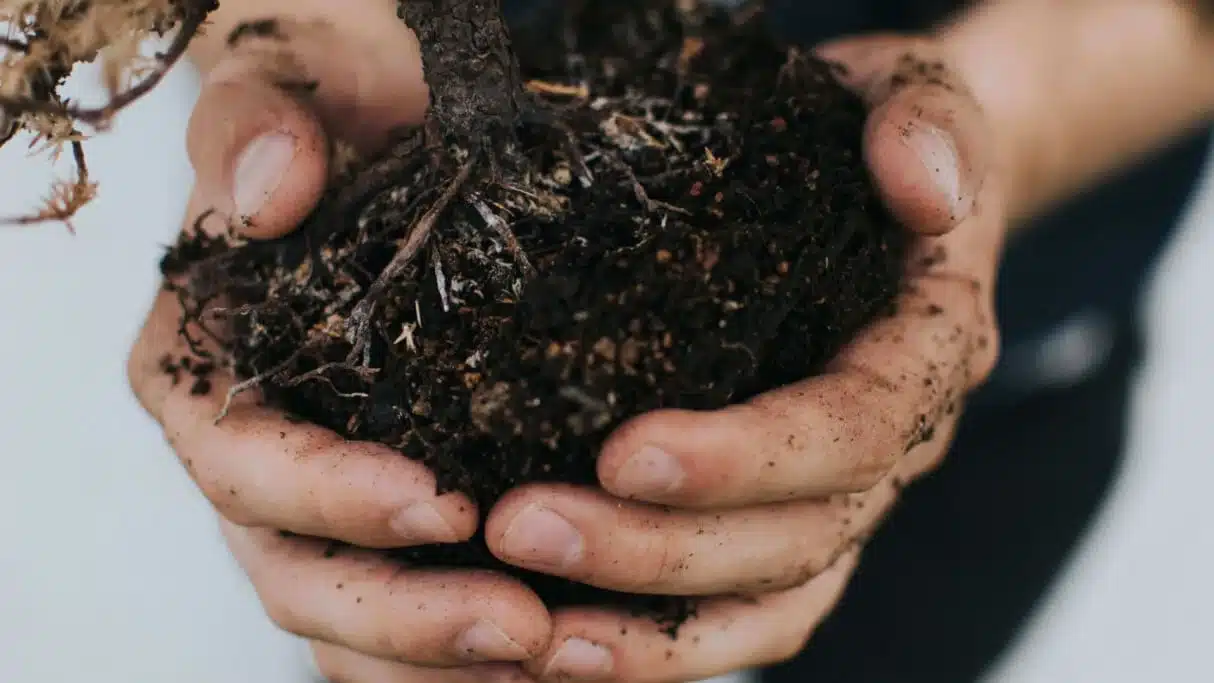
Additional Considerations for Fertilizing
Soil pH has a direct impact on whether a plant will be able to absorb nutrients. A plant will have a pH preference range where it can utilize nutrients for a maximum benefit. Even if you provide the plant with the proper nutrients, the soil pH should be optimized. If not, the plant may struggle. Kits are available to test soil pH, and you can amend the soil with certain products, namely lime to raise pH and sulfur or aluminum sulfate to lower pH.
Timing is another aspect to consider. The general rule for an annual fertilizer is to apply in early spring, being mindful to wait until after the last frost. Vegetables benefit from more frequent applications throughout the growing season to increase growth and productivity. Depending on where you live, your lawn may benefit from applications in Spring, Summer and Fall as well.
Not all plants require fertilizing. Mature trees and shrubs, if healthy, likely won’t need any supplemental fertilizer. In contrast, flowering annuals and perennials, fast-growing lawns, and vegetables often require a nutrient boost through a fertilizer formula.
Next Steps
As you are looking to create your home lawn and garden, selecting the right fertilizer is an important step. It is best to under-fertilize rather than over-fertilize as too much fertilizer can burn and even kill your plants. When in doubt, ask your local garden center for advice – or check out our ‘Ask an Expert’ feature in the PlantTAGG app, and we can help you get started for no charge. We’d love to show you — Simply text ‘PLANTS’ to 46376 to set up your yard today!


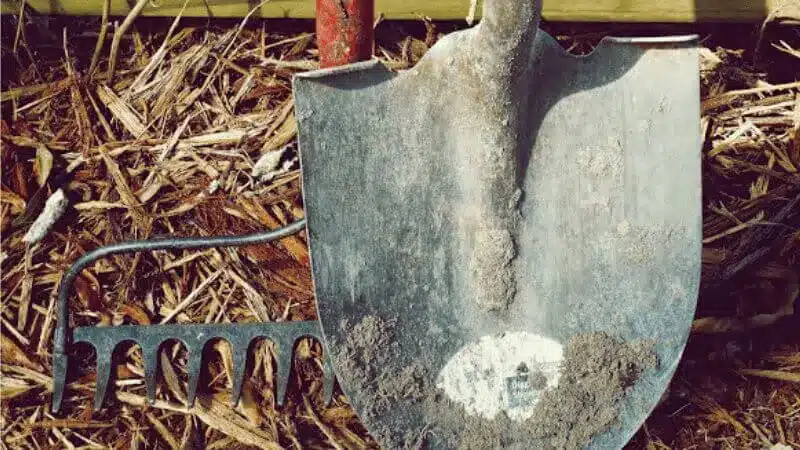

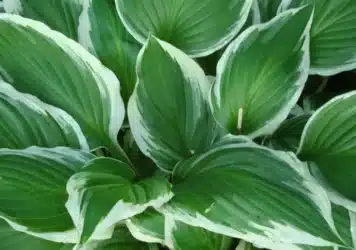


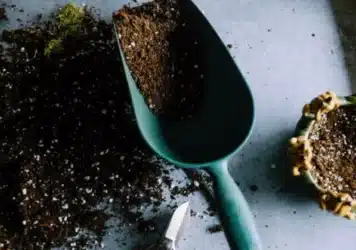

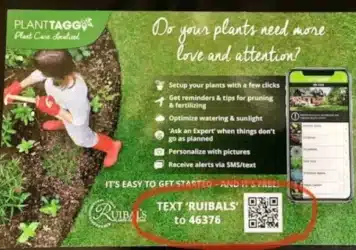


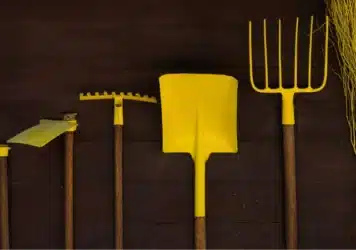
Leave a Reply